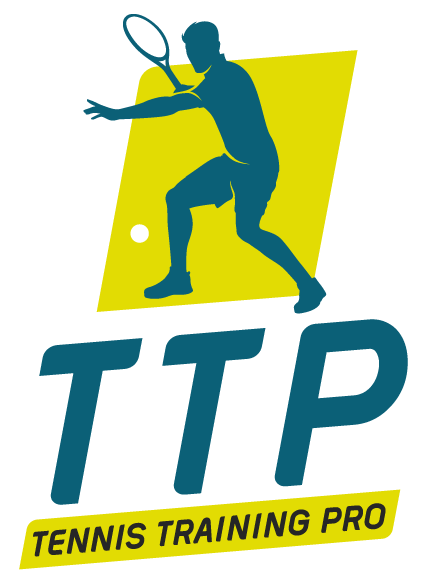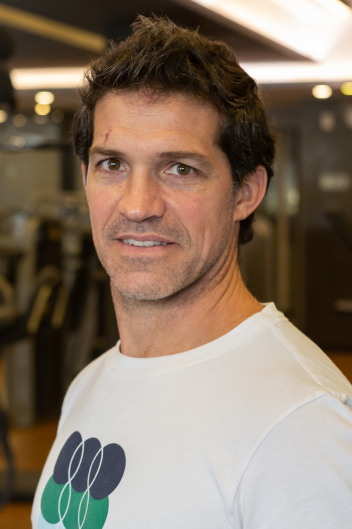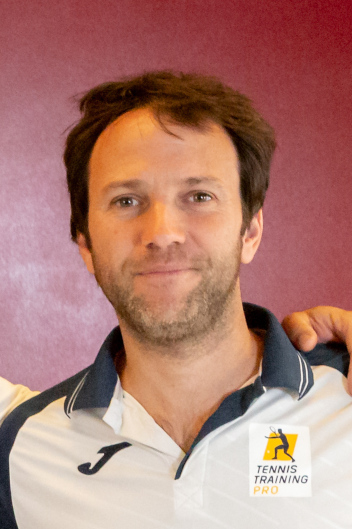The Importance of Flexibility in Tennis
04 de October, 2019
Escribe: Esteban García Giménez TTP ®
Working on flexibility, elasticity and joint mobility is essential to tennis coaching. Why? Which is the right way to improve these skills? These are the questions we answer at our training centers and our kinetic office every day. This is why we believe it is important to comprehend the main role flexibility plays in injury prevention and the benefits we can get if we work on it specifically, applying the most common techniques used by professionals to optimize it and benefiting from the impact flexibility can have on tennis.
Imagine our player is right-handed and is playing on a clay court. The opponent’s shot makes him sprint to the right getting to the ball sliding and exhausted, and he hits it with an open stance forehand. Right when he slides, his right leg’s hamstrings will need to extend almost all the way out (flexibility), and from that position, he will need to make an explosive concentric contraction to achieve hip extension and to transfer power to the stroke (elasticity). When we talk about the combination of elasticity and flexibility applied to a technique, not only do we make reference to optimal joint mobility, but also to analytical, global and functional dynamic stretching.
Several authors such as Becerro, Baumler, Schneider, Gil and Prentice, offer definitions that complement each other in order to understand the different structures that can be modified training such skills.
We talk about flexibility when we try to achieve a pain-free full range of motion and when we try to enhance the stretching ability muscles and soft tissues that accompany the joints. If we add the concept of elasticity, we are talking about the lengthening capacity of muscles and tendons that will then contract again quickly. Finally, we take into account the range of motion, the full physiological range through which a joint can be moved. It is all about understanding all the important components that allow us to move fast and explosively- just like in tennis.
So, which are the GOALS we want to achieve when we STRETCH in tennis coaching?

Improving Economy of Motion
When (agonist) muscle contraction occurs, the (antagonist) muscle that performs the opposite movement will be in opposition. In the example of the knee joint, the quadriceps works to extend the leg; the hamstrings, to flex it. During extension, the quadriceps act as the agonists and the hamstrings act as the antagonists. Lack of flexibility in the antagonist muscle-group is a burden the agonist group needs to deal with. This results in uncoordinated and inefficient movement patterns, which in turn leads to a poor technique.
Injury Prevention
The high occurrence of certain muscle actions leads to imbalances in muscle strength between agonist and antagonist, as well as imbalances between the dominant and weak side. Such strength and flexibility imbalances entail posture alterations or injuries. In tennis, strokes and movements along the court are repetitive, explosive and asymmetrical, and the most common alterations affect the following muscles:
- The psoas
- Internal/ external imbalance of the shoulder causing loss of internal/ external rotation of the glenohumeral joint
- The hamstrings
- The soleus
- The pectoralis major and minor
- The pronator teres/ epitrochlear muscles
Reducing Muscle Tone
After a training session or a match, the objective is to reduce muscle tone via reflex inhibition, and also to improve vascularity and muscular trophism.
Our Recommendation: Stretching Sessions
Nowadays, there are different techniques and methods to increase flexibility. In daily practice, they can be classified into three broad groups: static, global and dynamic/ functional stretching.
Static stretching: It consists in stretching only one muscle group. The objective here is to try to increase the distance between the muscles’ points of insertion, and moving them against the direction of their action – for example, flexing the leg to stretch the quadriceps. We recommend doing these exercises after fitness training sessions to reduce muscle tone and increase vascularity in order to recover faster.
Global or muscle chain stretching: Its objective is to tense a certain muscular chain. It can be done through GPR (Global Posture Reeducation) or GAS (Global Active Stretching) techniques– depending on the athlete’s needs. Ideally, these exercises should be done twice or at least once a week.
Dynamic or functional stretching: It consists in active movements that involve multiple muscle groups and joints at the same time- which is why they are called “functional”. They are used at the beginning of training sessions as a way to warm up or to reach optimal mobility. We recommend using them every day.
Conclusions
The aim of training flexibility using different techniques is to correct postural imbalances that often develop in sports, to reduce muscle tone after fitness training sessions and to re-establish an optimal range of motion that allows the athlete to move fluently.
It also allows us to produce the strongest concentric contraction following the strongest eccentric contraction, generating more elastic energy and exploiting the stretch-shortening cycle (SSC). The athlete can suffer muscle injuries like a tear or sprain at any moment of this sequence.
Having a limited range of motion will make our joints wear out more quickly and perform poorly. This is why we are convinced that including exercises to work on flexibility specially designed for tennis players in our training sessions is essential.
The aim of training flexibility using different techniques is to correct postural imbalances that often develop in sports, to reduce muscle tone after fitness training sessions and to re-establish an optimal range of motion that allows the athlete to move fluently.

 ES
ES EN
EN PT
PT



